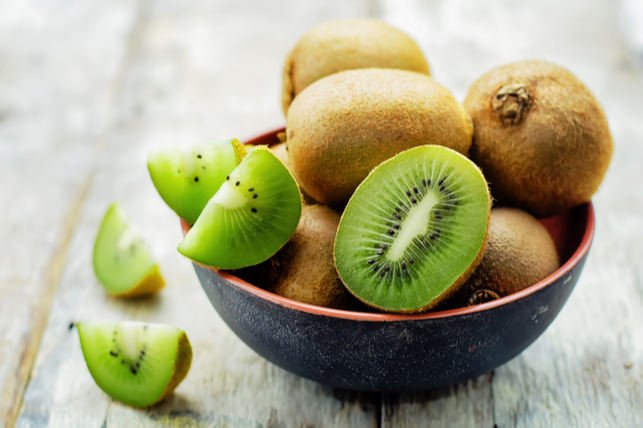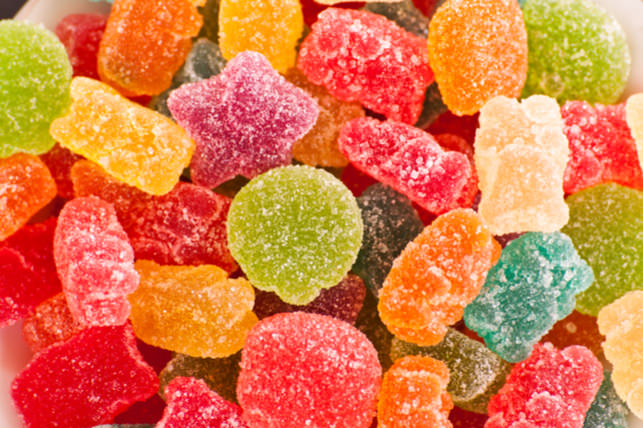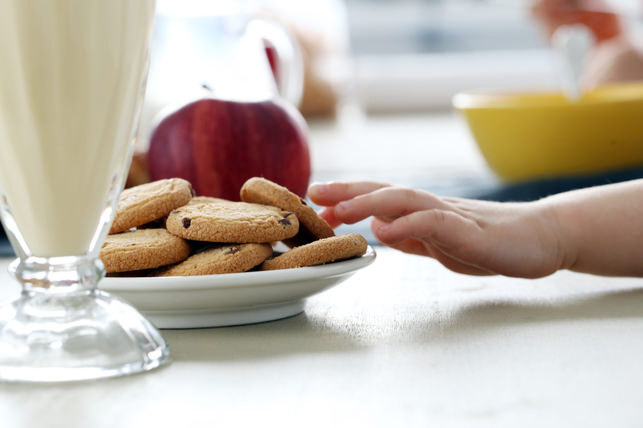Are Your Kids Getting Enough Sleep?
February 22nd, 2018
Adequate sleep is vital to leading a healthy life – regardless of age. For parents, it can be tough to know how much sleep your child should get every night. Here’s a quick guide outlining the amount of sleep your child needs for each stage of their development.
Newborns (0 – 3 months): 10 – 18 hours
New parents understand one truth: sleep is hard to come by with a newborn baby. That’s because newborns need a total of 10 – 18 hours of sleep per day on an irregular schedule. Newborns will fuss, cry or rub their eyes when they need to sleep, so parent should pay attention to their gestures to understand when to put them to bed.
Infants (4 – 11 months): 10 – 18 hours
By the infant stage, babies are usually capable of sleeping through the night for 9 – 12 hours. In addition, most infants will take 2 – 4 naps per day, which can last between 30 minutes to 2 hours. Parents should put their infants to bed when they become sleepy, rather than waiting for them to fall asleep. This helps them to become self-soothers, and teaches them to fall asleep on their own.
Toddlers (1 – 2 years): 9 – 16 hours
Around 18 months, your toddler will begin needing less frequent naps, and may only take one nap, for 30 minutes to 2 hours. Many toddlers resist going to bed at bedtime, and nighttime awakening. This is incredibly common, and parents can help their toddlers sleep through the night by setting a consistent bedtime schedule.
Preschoolers (3 – 5 years): 8 – 14 hours
Preschoolers typically sleep between 11 – 13 hours per night, and only require one nap per day. As with toddlers, preschoolers can experience difficulty sleeping through the night, and some resist bedtime. Parents can help children get past this with a security item like a blanket or teddy bear, which can comfort children through the night.
Children (6 – 13 years): 8 – 12 hours
As a child’s schedule increases with school and social activities, their need for a good night’s rest increases too. Typically, children don’t need naps, but do need to get a solid 8 – 12 hours of sleep per night. Try limiting TV and digital entertainment before bed, which can make it more difficult for a child to fall asleep.
Teens (14 – 17 years): 7 – 11 hours
By this point, your teen should be able to sleep comfortably throughout the night, and may only need one nap per day, between 20 – 40 minutes. In fact, your child may come to value their sleep and need no instruction to go to bed. Try to emphasize the importance of adequate sleep with your child, and establish a bedtime routine that takes TV’s and computers out of their bedroom, and avoid caffeinated beverages at dinner so that they don’t have extra energy before bed.
Does Your Child Snore or Miss Sleep?
If your child has difficulty sleeping through the night, or snores in their sleep, then they may have sleep apnea. Poor and inadequate sleep can lead to developmental problems, mood swings, and impact your child’s ability to learn. Talk to us about your child’s sleep routine, and pay attention to your child’s nightly routine to see if there are any routines that may be impeding their ability to sleep.






 Unchecked snacking can expose teeth to a steady amount of sugar, which feeds bad bacteria that erodes tooth enamel and causes decay. Try monitoring your child’s snacking habits, and make sure that they are drinking plenty of water with their snacks, which will help wash away food debris and accumulated sugar. Or, give them specific snacking times to reduce overexposing their teeth to sugar.
Unchecked snacking can expose teeth to a steady amount of sugar, which feeds bad bacteria that erodes tooth enamel and causes decay. Try monitoring your child’s snacking habits, and make sure that they are drinking plenty of water with their snacks, which will help wash away food debris and accumulated sugar. Or, give them specific snacking times to reduce overexposing their teeth to sugar.